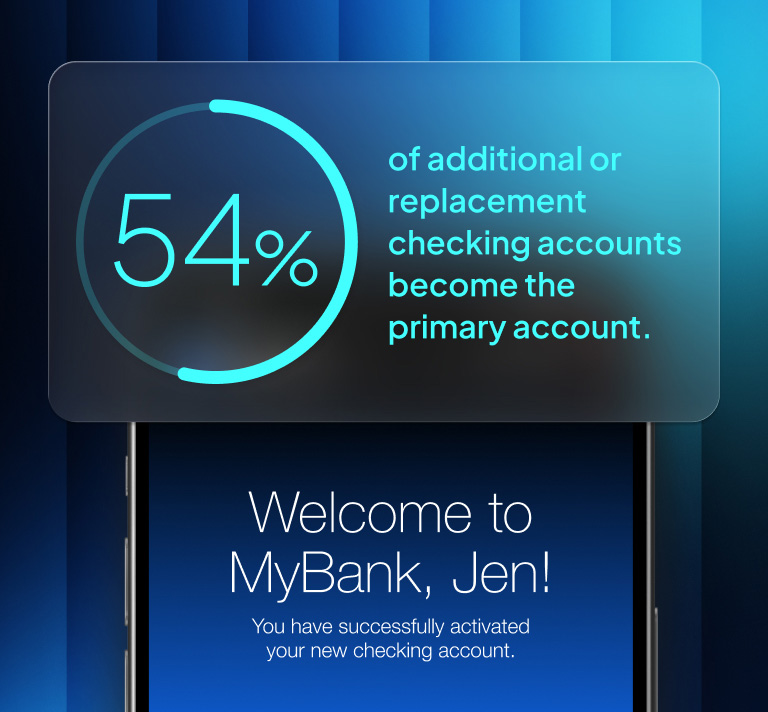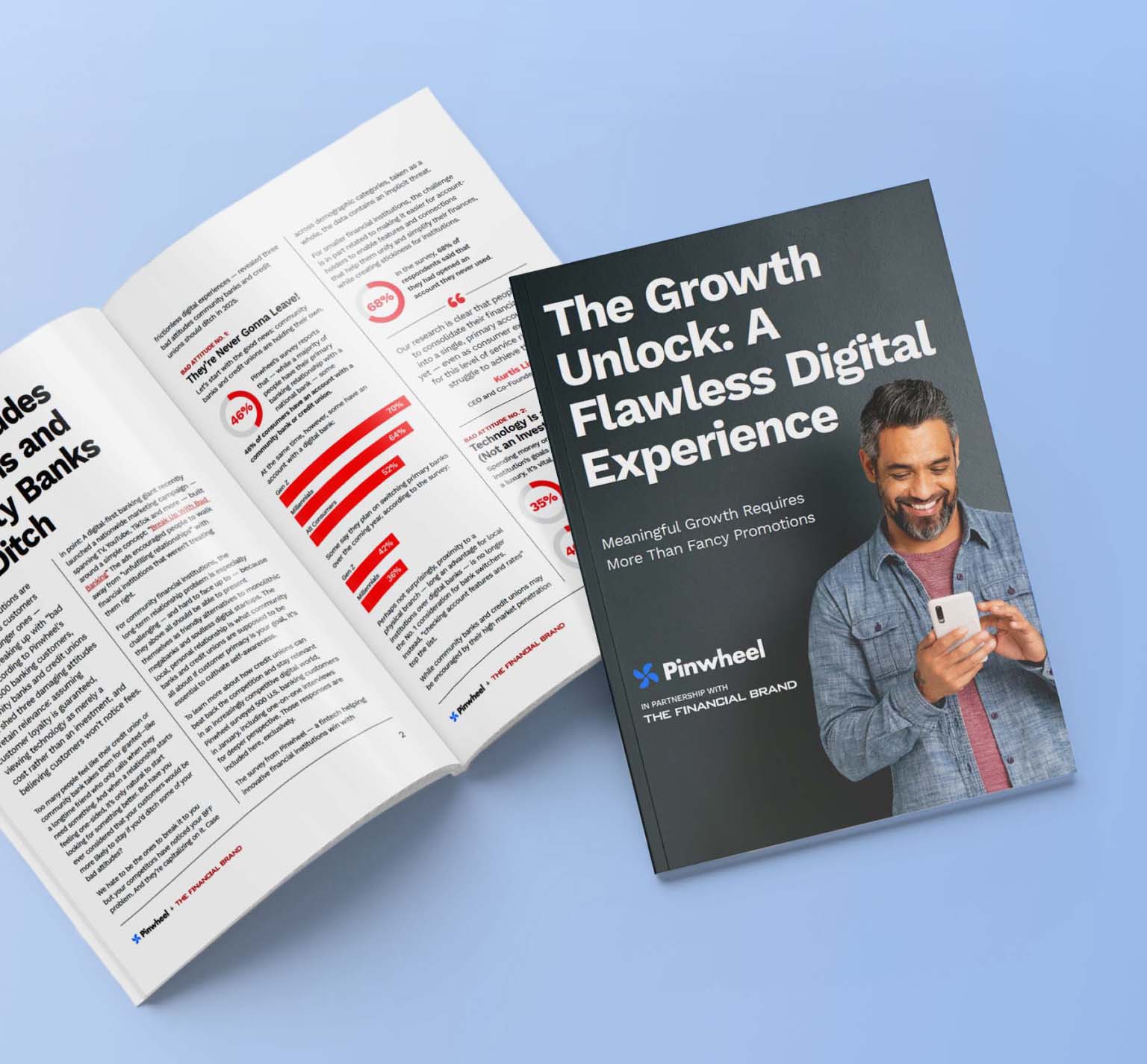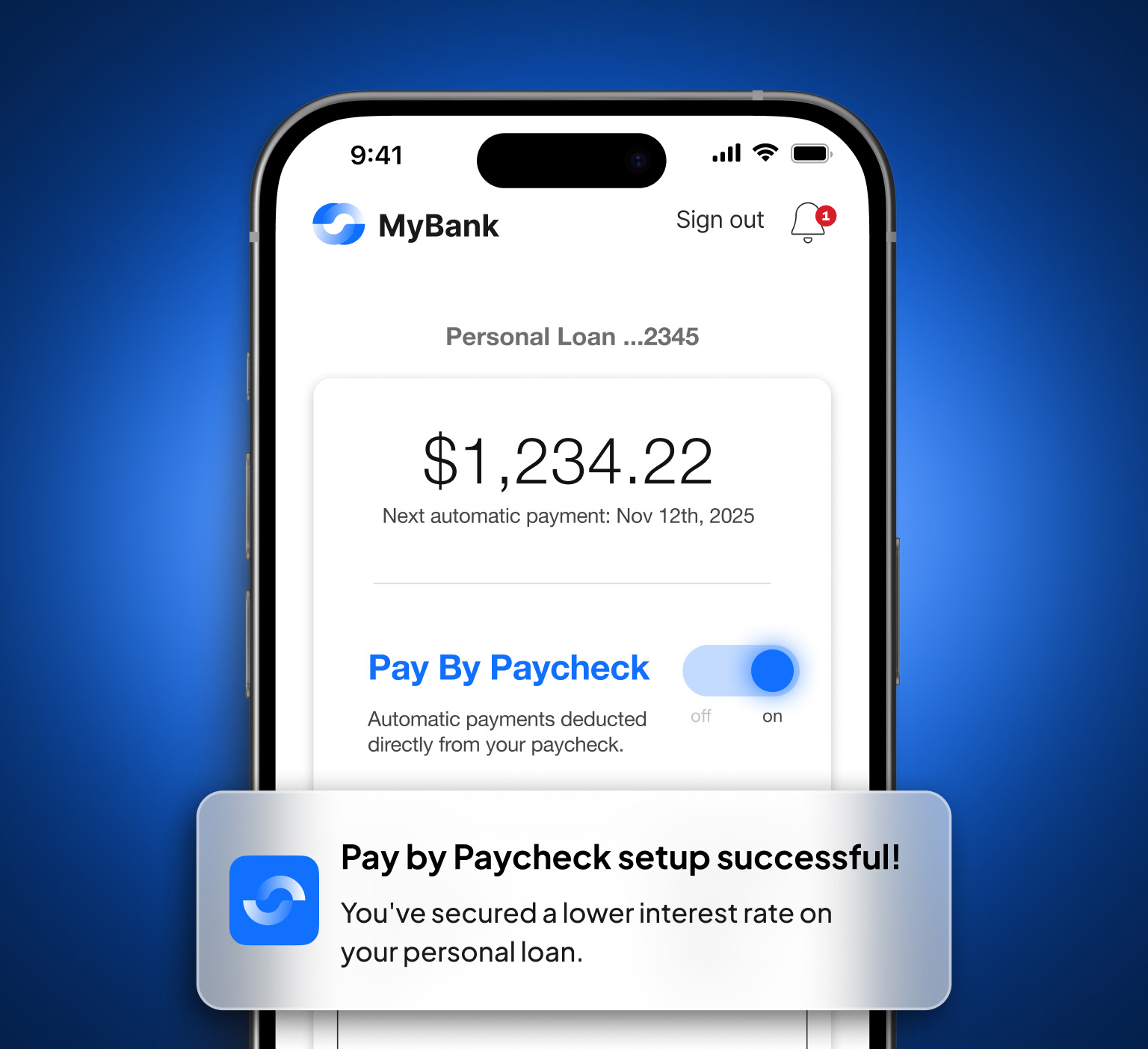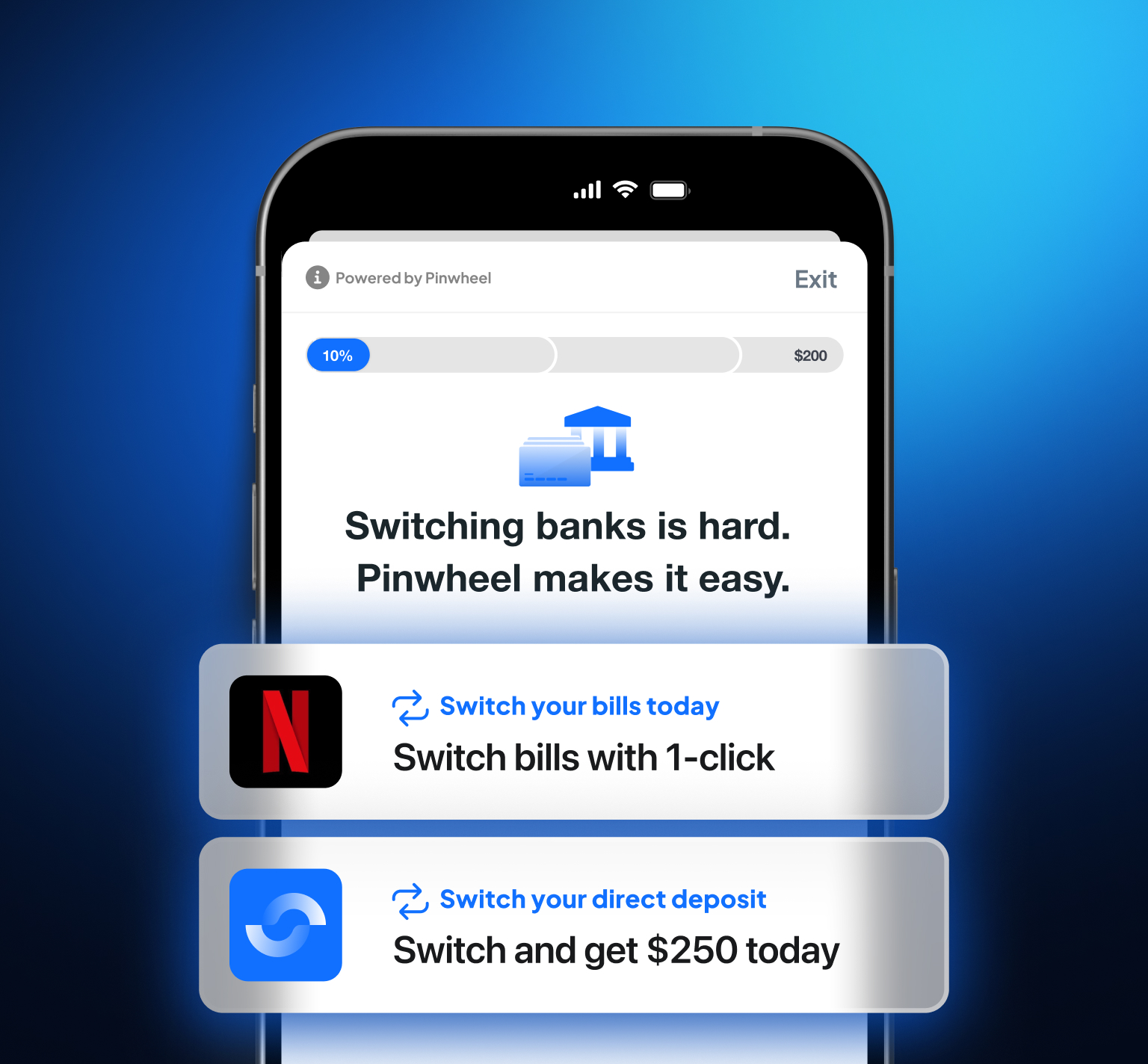The Federal Reserve reported that in 2021, 38% of adults in the U.S. applied for credit, and 28% of those applicants were either denied credit or approved for less than they requested. While there are many different reasons people get turned down for credit, credit scores do a lot of the heavy lifting when calculating affordability.
Unfortunately, credit scores alone do not provide a full picture of someone’s creditworthiness. Real-time income data helps you identify applicants who meet your affordability criteria but don’t have the traditional credit history to demonstrate creditworthiness. This enables you to extend credit to historically rejected groups by giving you more relevant, up-to-date information than a credit report alone.
Income data is also beneficial for customers with a traditional credit history. It provides a unique data point that can serve as the basis for new products and services.
Lenders and financial service providers can use real-time income data to improve credit line management, reduce risks, and drive profits.
How real-time income data improves credit line management
Banks and credit card issuers normally rely on credit reports to determine whether borrowers continue to meet the affordability criteria for new and existing lines of credit. But these miss a crucial data point that provides more accurate insights — income.
With real-time income data, you can proactively manage customer credit and continuously assess whether you’re offering appropriate limits to your customers. Put simply, credit scores help you understand a person’s willingness to pay their debts, but income data shows their ability to do so. It also allows you to minimize the risk of fraud by replacing self-reported income with verified data.
According to Pinwheel’s research, income is the #1 factor consumers want to contribute to their credit score, and 82% are comfortable sharing their income and payroll data with financial institutions. Not only do people want their income to be the deciding factor in their credit applications, but they’re also happy to share that data to boost their chances of approval.
Real-time income data gives you a more detailed picture of affordability. If you have access to payroll data, you can see applicants’ income as well as any deductions such as taxes, retirement savings, or child support payments that reduce their take-home pay.
More, higher quality data results in more effective line management strategies and risk assessments. This data provides a better understanding of whether customers meet your affordability criteria on application, and keeps you appraised if that changes in the future.
For example, if a customer gets a pay increase or moves from a part-time to a full-time role that will manifest in the data as an income change. With access to daily income data insights, you’ll be notified as soon as their salary is updated in their payroll account. Consider this as a triggering event to offer an increase to your customer’s credit limit.
The alternative is also true. If a customer loses their job or their pay decreases, you’ll know when their affordability doesn’t match the amount of credit available to them. If their credit limit is too high compared to their income, you can begin to process a reduction in credit limit. This reduces the risk for your organization and can protect customers from running up debts they can’t afford.
The benefits of better credit line management
Effective credit line management can influence customer behavior and help strengthen your relationships with customers.
Achieve “top of wallet” status with your customers
“Top of wallet” status means your card is a customer’s go-to option when spending. It’s the one they choose, first and foremost. But for most people, your card isn’t their only option — on average, people in the U.S. have 3.84 credit cards per person.
According to Visa, card providers lose “top of wallet” status with “up to 10-25% of cardholders each year.” Proactive credit line management can help strengthen your relationships with customers and help to achieve or maintain your “top of wallet” status by:
- Offering customers a credit line increase: this is a touchpoint they may not get from other providers, and one that isn’t a bill. Sending customers an offer for an increased credit limit can be the nudge they need to pick your card over one of the others in their wallet.
- Highlighting your benefits: when you write to customers offering to change their credit limit, use it as an opportunity to remind them of all the benefits they already get from using your card. For example, cashback, reward points, 0% interest, or a preferential interest rate compared with new customers.
- Offering something new: offering a higher credit limit is one way to build customer loyalty. You can also use this touchpoint as a cross-selling opportunity, to get an additional product in front of your customers. You value their business, and you know their affordability is good, so give them a chance to open another account with you, such as a new credit card or a savings account.
Improve customer engagement and retention
Improving customer engagement and retention is closely linked to maintaining “top of wallet” status. According to Visa, “once a top-of-wallet position is relinquished, the risks of purchase inactivity escalate which, for around 40% of cases, leads directly to active attrition.”
There are many reasons customers may stop using your credit card:
- They’re looking to switch to another card provider
- They want to reduce their spending
- They’re trying to keep their credit utilization low — for example, in preparation for a mortgage application.
Active but unused credit cards cost your institution money. So if you see a steady drop in card usage, you need a way to re-engage and retain those at-risk or dormant customers.
Effective credit line management can help re-engage low-usage customers. Increasing a customer’s credit limit may mean that they stop considering an alternative provider because they now have more credit available without the hassle of going through a new application.
Reduce risk
Your most profitable customer accounts are those that use their cards regularly and carry a balance from one month to the next.
Credit line management is an effective risk management strategy. It helps you identify accounts that are a credit risk so you can take steps to reduce the amount of available credit for those customers, which in turn reduces the impact on your business.
TransUnion predicts that serious credit card delinquencies will rise from 2.10% at the end of 2022 to 2.6% at the end of 2023. Continuously managing credit lines gives you a process for monitoring account health, so you can take appropriate actions.
Use Pinwheel Earnings Stream to get real-time income data and enhance credit line management
Having access to up-to-date insights into your customers’ finances can help you accurately assess their creditworthiness. Combined with the traditional credit score, this gives you a holistic view of their financial situation and strengthens your overall credit line management strategy.
It’s easy to get that data into your systems. Industry-leading lenders use Pinwheel Earnings Stream to get detailed insights from payroll platforms. We analyze the data using machine learning, and return a real-time overview of a customer’s income data, including projected earnings.
Contact us to learn more about how Pinwheel’s payroll connectivity API can help you enhance your credit line management with income data.



.svg)
.svg)






































































































